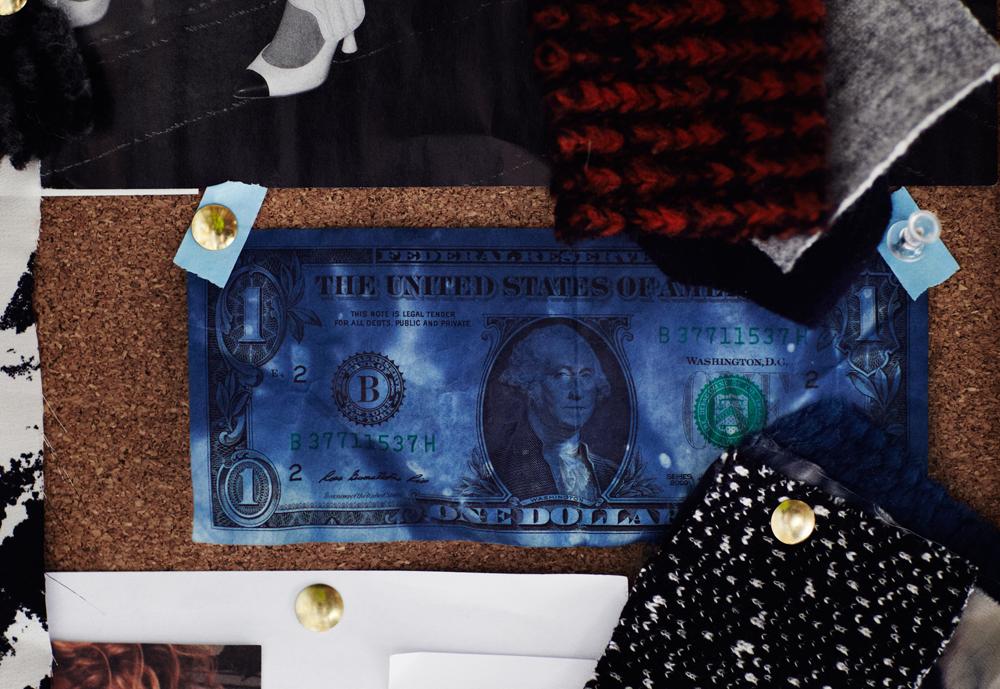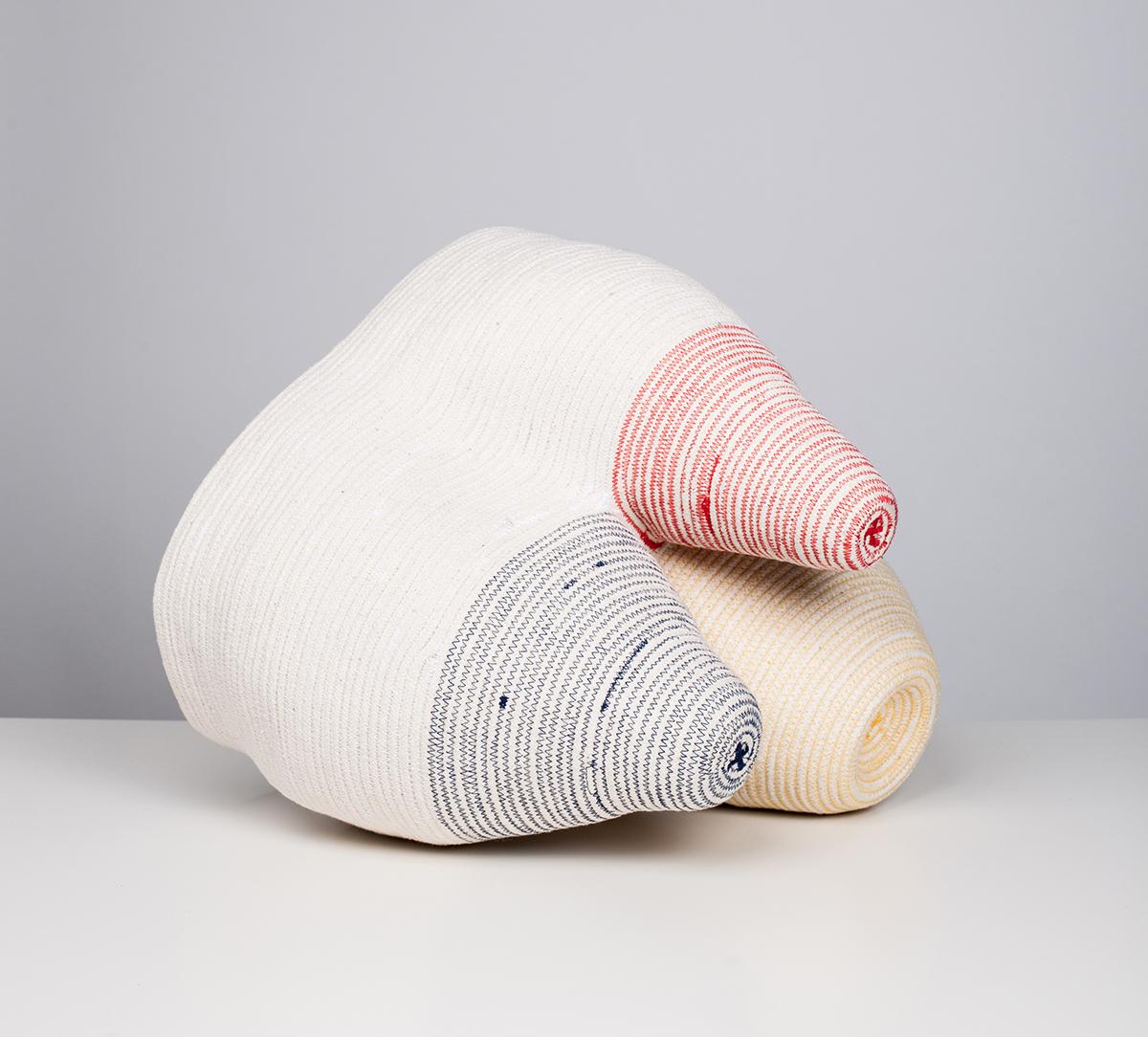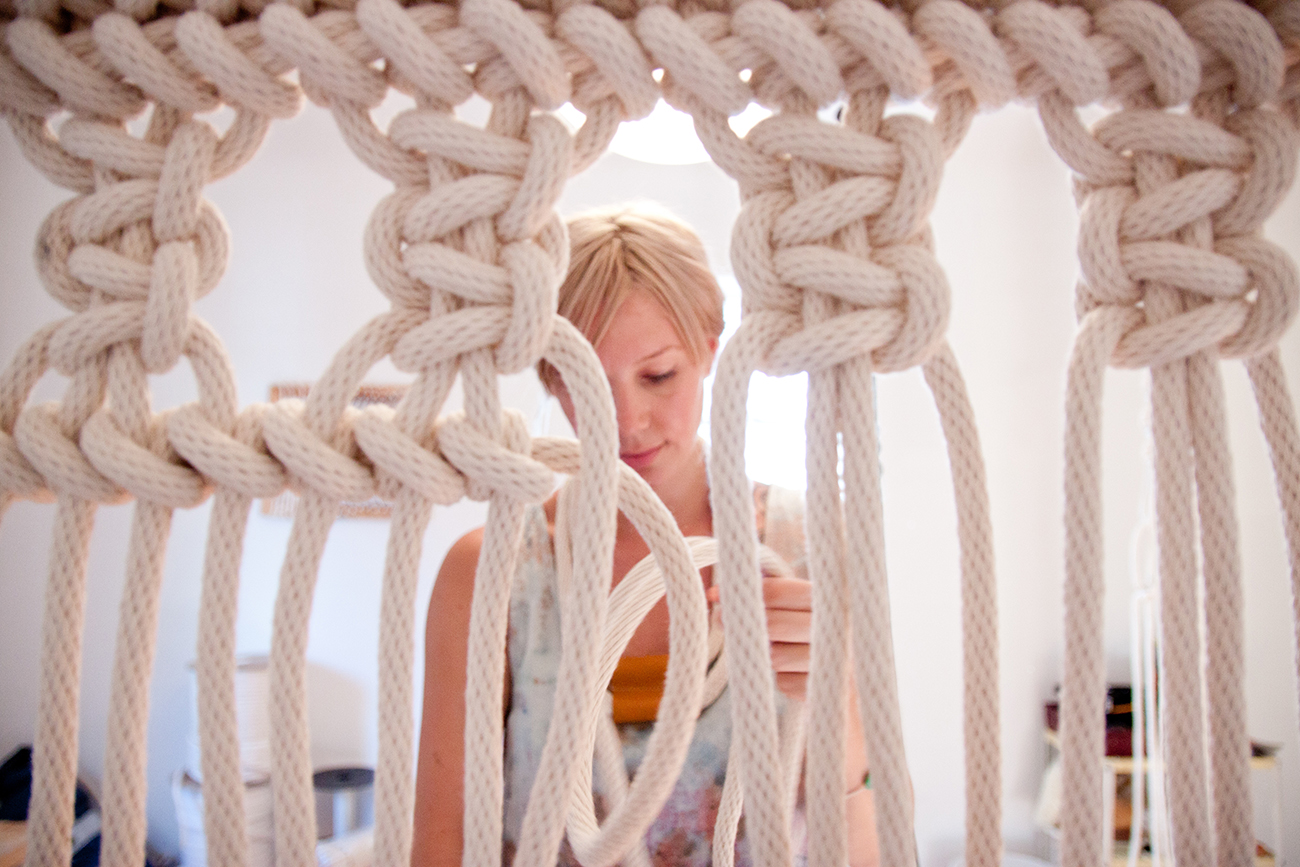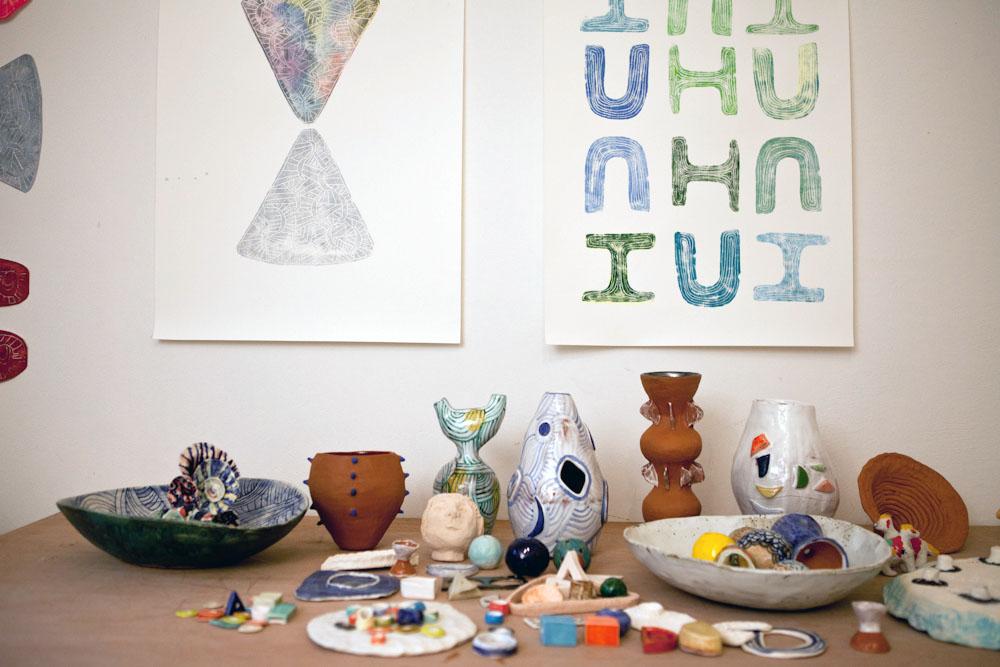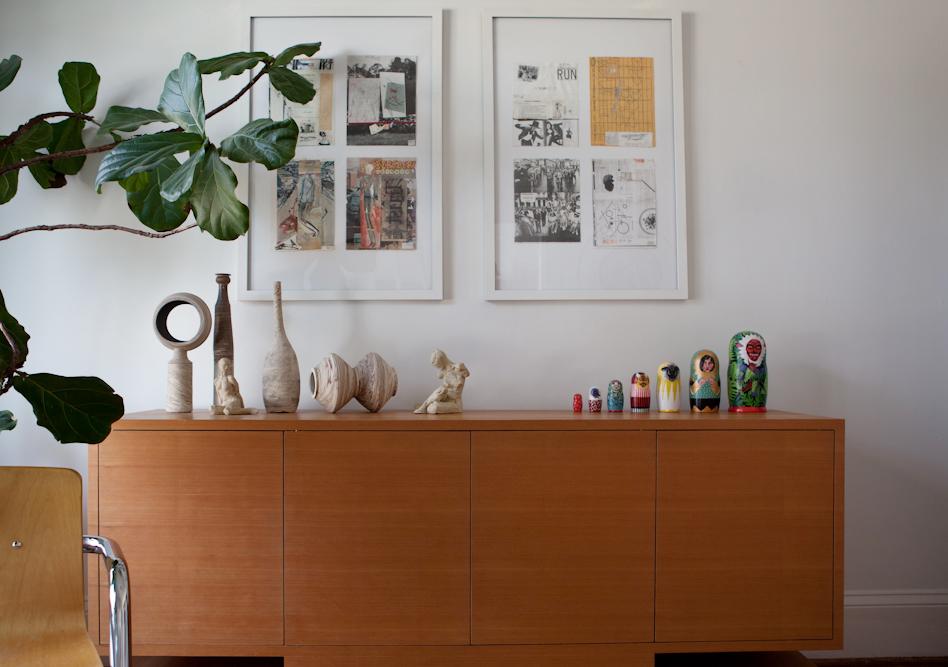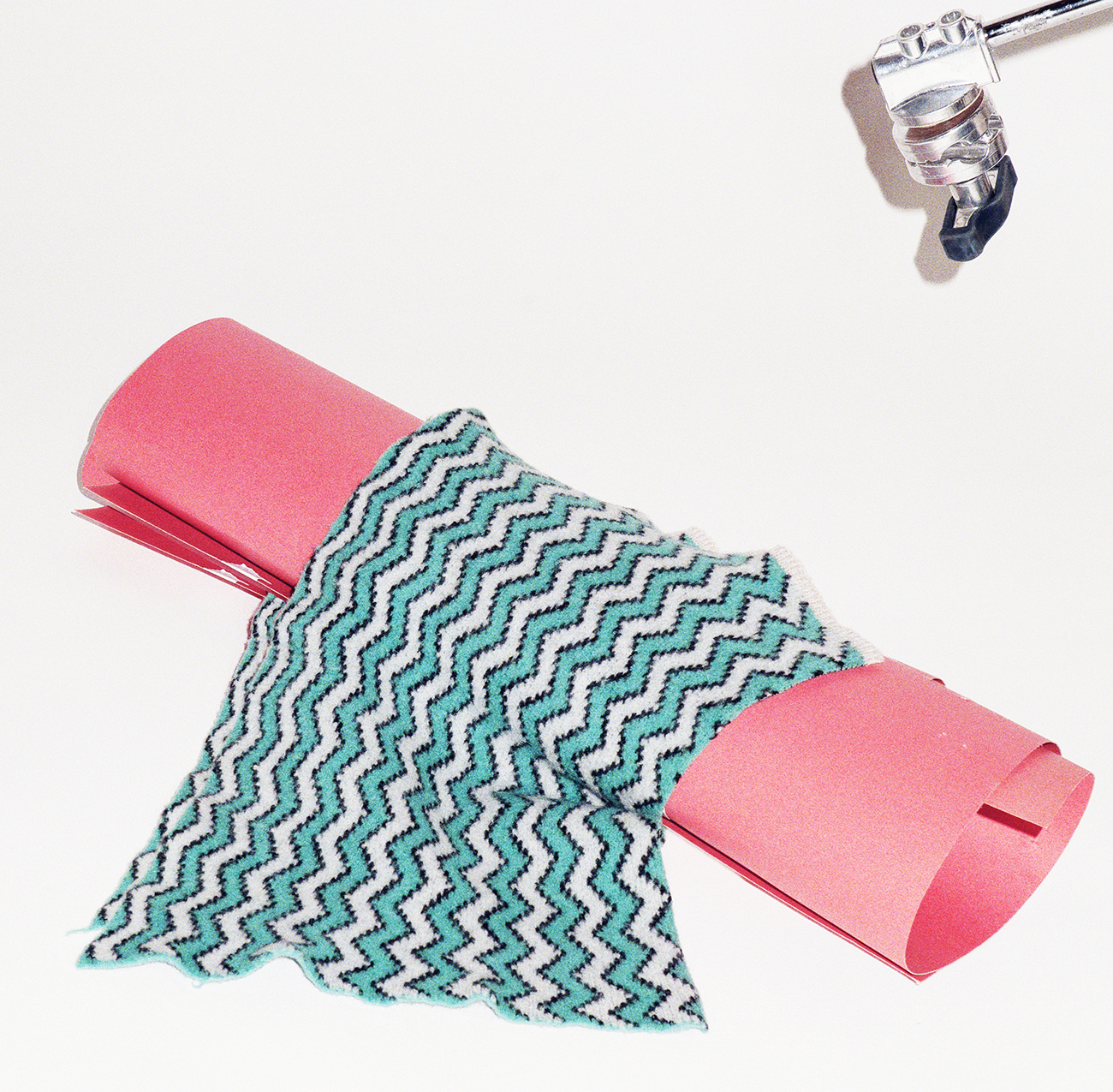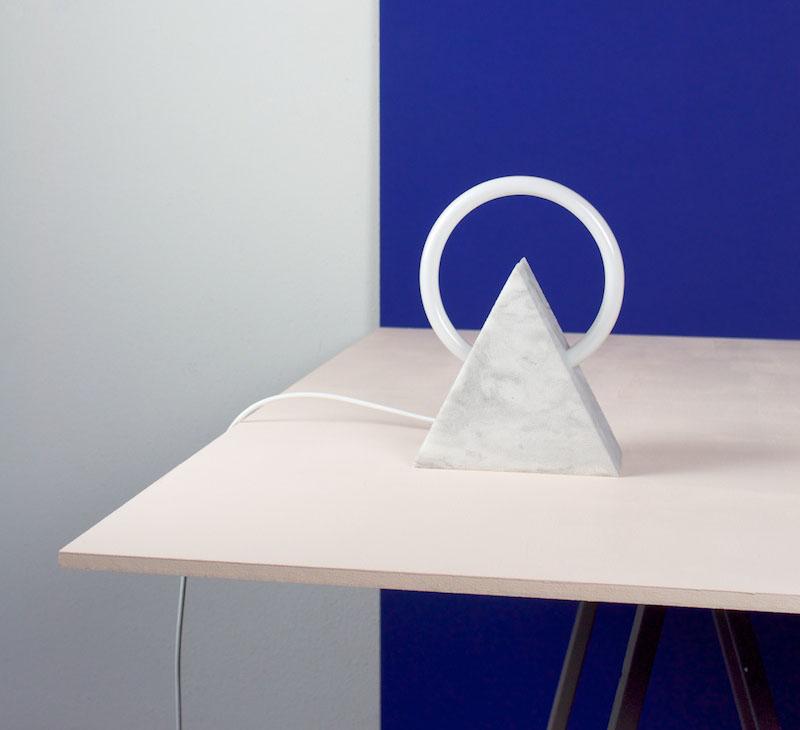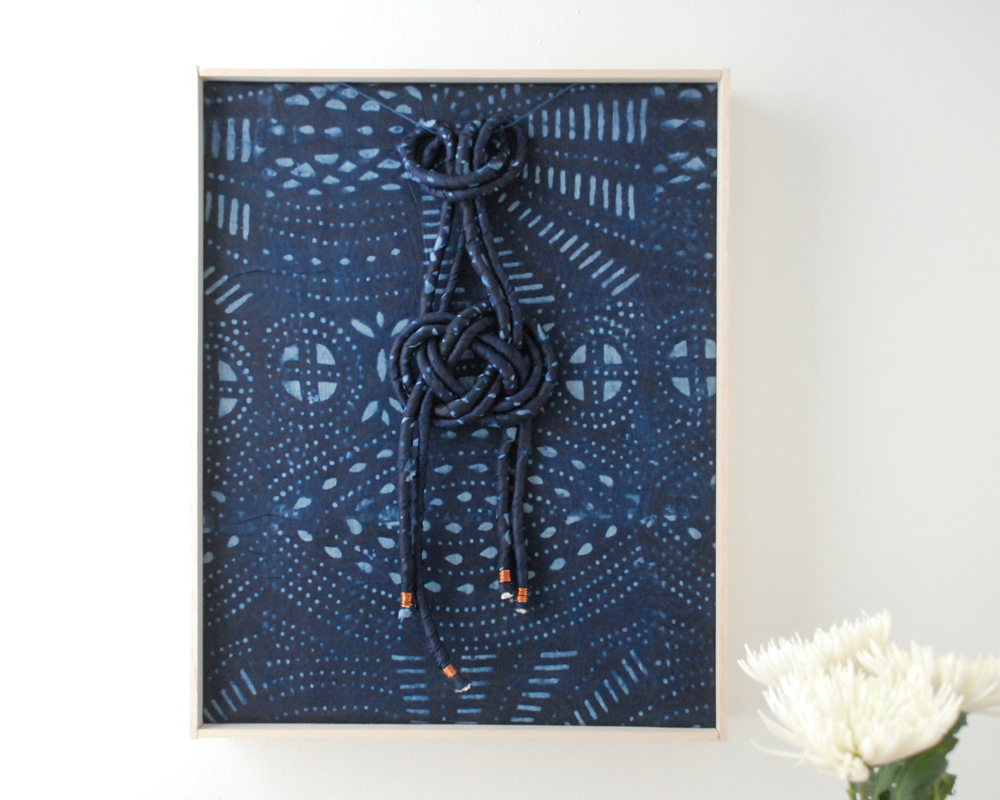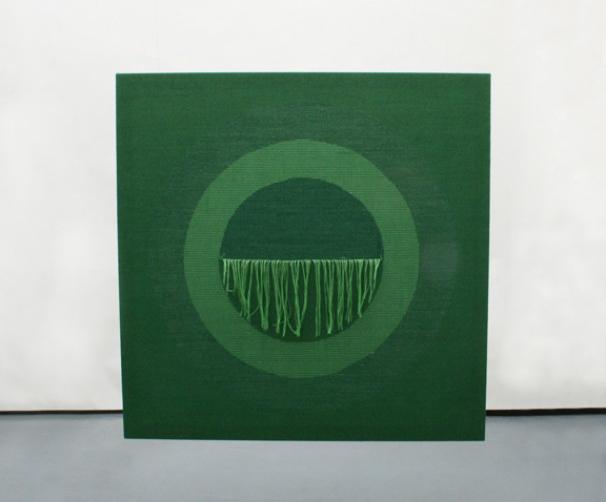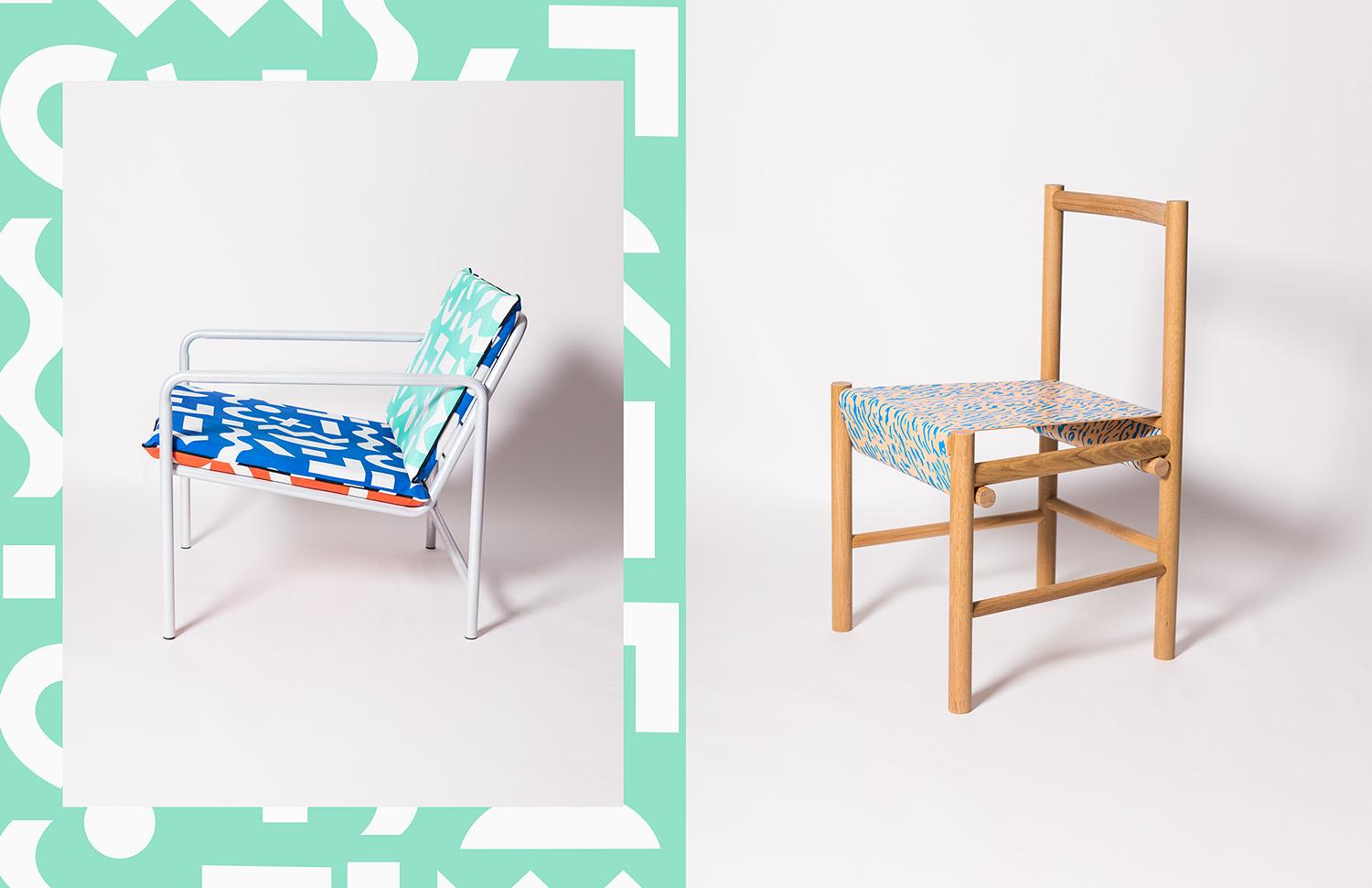
05.16.14
Invitation
Print All Over Me x Sight Unseen
Back in December, we embarked on an experimental curatorial collaboration with Print All Over Me, the amazing print-your-own-pattern service, founded by fashion designer Jesse Finkelstein and his sister, Meredith, that allows designers to upload any graphic they please onto fashionable white blanks — sweatshirts, bomber jackets, shift dresses, backpacks, leggings, and more. The project — for which we hand-selected illustrators like Will Bryant, Tim Colmant, and Clay Hickson — was such a rousing success that Jesse approached us for round two a few months ago. We were already 100 percent sold on the idea, thinking we could sell the results at a pop-up at our Sight Unseen OFFSITE event — which opens today at noon! — when Jesse casually emailed this bomb: "Hey! Let's also talk about print all over furniture!"
